Rising Healthcare Expenditure
The increase in healthcare expenditure across various regions is a significant driver for the Macular Edema and Macular Degeneration Market. As governments and private sectors allocate more resources to healthcare, there is a corresponding rise in funding for ophthalmic research and treatment. This trend is particularly evident in developed economies, where healthcare spending is projected to grow at a compound annual growth rate (CAGR) of 5.4% from 2020 to 2027. Such financial commitment facilitates the development of advanced diagnostic tools and therapeutic options, thereby enhancing the overall market landscape. Consequently, the rising healthcare expenditure is likely to bolster the Macular Edema and Macular Degeneration Market, providing patients with better access to necessary treatments.
Advancements in Treatment Modalities
Innovations in treatment modalities for macular edema and macular degeneration are transforming the landscape of the Macular Edema and Macular Degeneration Market. The introduction of novel therapies, such as anti-VEGF agents and corticosteroids, has shown promising results in managing these conditions. Recent data suggests that the anti-VEGF market alone is projected to reach USD 10 billion by 2025, reflecting the growing investment in research and development. Additionally, the emergence of combination therapies and gene therapies may further enhance treatment efficacy, leading to improved patient outcomes. As these advancements continue to evolve, they are likely to stimulate market growth and expand the therapeutic options available within the Macular Edema and Macular Degeneration Market.
Increasing Prevalence of Eye Disorders
The rising incidence of eye disorders, particularly macular edema and macular degeneration, is a crucial driver for the Macular Edema and Macular Degeneration Market. As populations age, the prevalence of age-related macular degeneration (AMD) is expected to increase significantly. Reports indicate that AMD affects millions worldwide, with projections suggesting that by 2040, the number of individuals with AMD could reach 288 million. This growing patient population necessitates enhanced treatment options and diagnostic tools, thereby propelling market growth. Furthermore, the increasing awareness of eye health and the importance of early diagnosis contribute to the demand for innovative therapies and interventions in the Macular Edema and Macular Degeneration Market.
Growing Awareness and Education Initiatives
The increasing awareness and education initiatives surrounding eye health are pivotal in driving the Macular Edema and Macular Degeneration Market. Campaigns aimed at educating the public about the risks and symptoms of macular degeneration are gaining traction, leading to earlier diagnosis and treatment. Organizations and healthcare providers are actively promoting regular eye examinations, which can significantly impact patient outcomes. This heightened awareness is reflected in the growing number of individuals seeking medical advice for vision-related issues. As more patients become informed about their conditions, the demand for effective treatments and interventions in the Macular Edema and Macular Degeneration Market is likely to rise, further stimulating market growth.
Technological Innovations in Imaging Techniques
Technological innovations in imaging techniques are revolutionizing the Macular Edema and Macular Degeneration Market. Advanced imaging modalities, such as optical coherence tomography (OCT) and fundus photography, enable precise diagnosis and monitoring of macular conditions. These technologies facilitate early detection and timely intervention, which are critical in managing macular edema and degeneration. The market for OCT devices is expected to witness substantial growth, with estimates suggesting a CAGR of 6.2% from 2021 to 2028. As these imaging technologies become more accessible and affordable, they are likely to enhance the diagnostic capabilities of healthcare providers, ultimately driving the demand for treatments within the Macular Edema and Macular Degeneration Market.


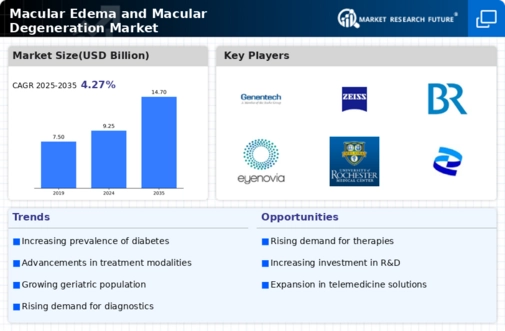
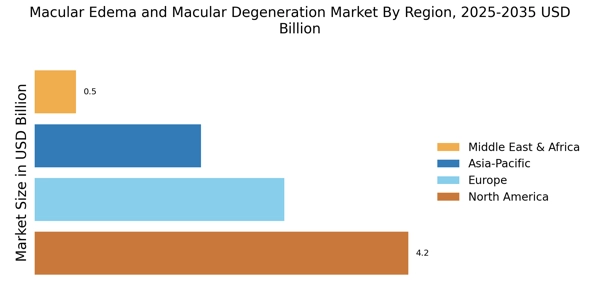
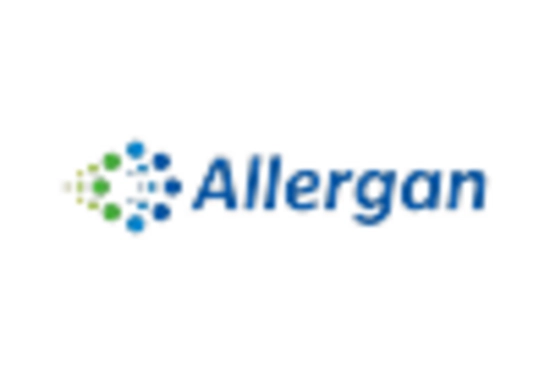


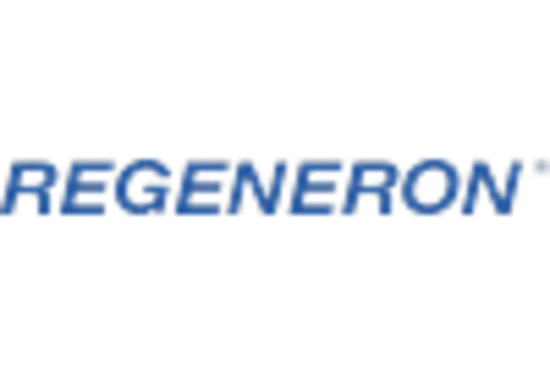

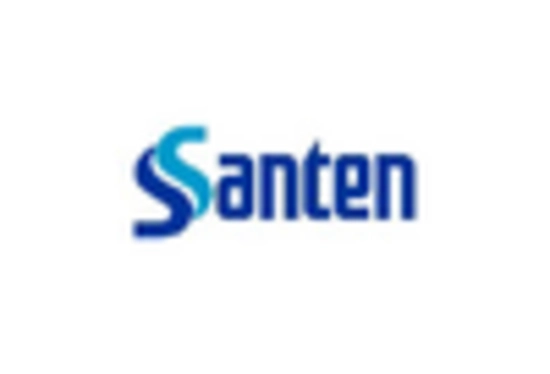








Leave a Comment